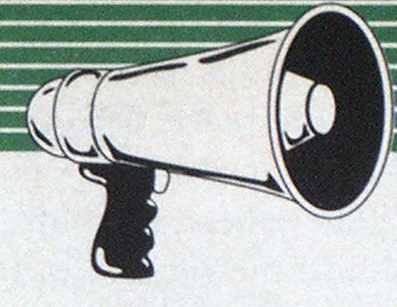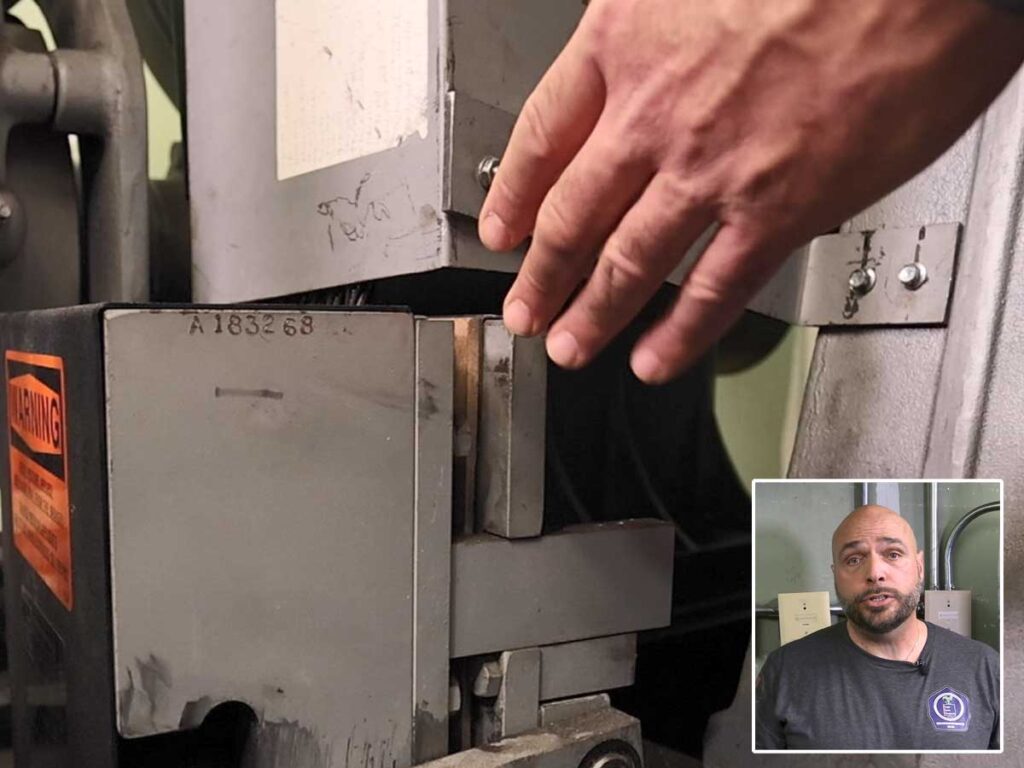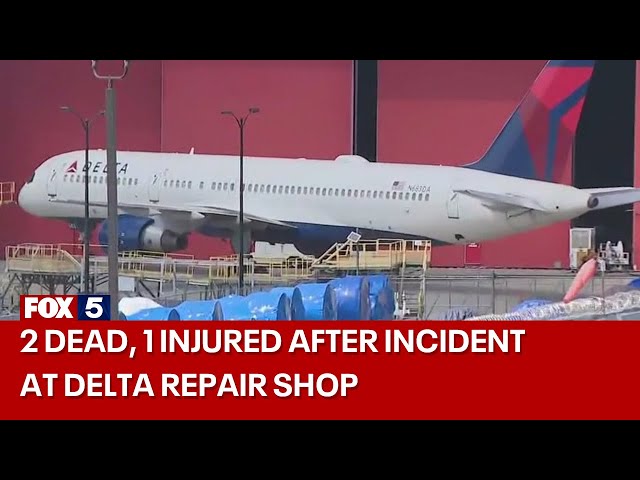
NEWS IN BRIEF

Manufacture of defibrillator stopped temporarily
Physio-Control temporarily has halted manufacture of its defibrillator so it can dedicate a significant part of its resources to making the adaptations in processes and documentation that have been requested by the Federal Drug Administration (FDA).
“It soon became apparent during the regular FDA biannual inspection of our premises that the FDA requirements would take time to accomplish,” says Sandy Higgins, PhysioControl communications manager. The company, Higgins adds, has made some changes, has submitted a plan of action to the FDA covering the revisions not yet completed, and is waiting to hear from the FDA regarding the proposals. The decision to resume manufacturing will be considered on a day-to-day basis, Higgins says.
Contractor to help the U.S. military set halon policy
The objectives of a contract awarded to die Center for Global Environniental Technologies and the New Mexico Knginecring Research Institute are to assist the I S. military in phasing out halon as a firefighting agent by the year 2000, the deadline set by legislation, and to recommend alternatives to its use.
The project will encompass an assessment of how much halon is on hand; proposals for recovering, recycling, and storing it; a plan for strategically removing halon from I S. military facilities; and recommendations for alternate fire protection methods.
The project will be conducted in two parts, explains T.D. Met iarson, Jr., of the New Mexico Engineering Research Institute. The report on Part I. which covers the U.S. Army, was expected to be completed the end of January (after press time). Part 2, covering the U.S. Navy and Air Force, is expected to be available around the end of March, according to McCarson.
Proposals sought by NFPA standards committees
Among the National Fire Protection Association committees accepting proposals for recommendations to be considered in their reports are the following:
- NFPA 13E-1989, Fire Department Operations in Properties Protected by Sprinkler and Standpipe Systems.
- NFPA 251-1990, Fire Tests of Building Construction and Materials.
- NFPA 252-1990, Fire Tests ofDoor Assemblies.
- NFPA 255-1990, Surface Burning Characteristics of Building Materials.
- NFPA 921-1992, Fire and Explosion Investigations.
- NFPA 1404-1989, Fire Department Self-Contained Breathing Apparatus Program.
- NFPA 2002-PROPOSED (new drafts are available), Selection of Fire Protection Systems.
Camden’s “Mischief-less” Night
Community members joined with fire and police departments to help reduce the high number of arsons involving empty houses and cars that had come to be associated with Halloween eve (Mischief Night) tradition in Camden, New Jersey.
One hundred thirty-three fires were set on that night in 1991, twice the number that had been set the previous year. Some 60 people had been arrested, a state of emergency had been declared, and neighboring fire companies had been called to help extinguish the fires.
To prevent a repeat of the situation in 1992, the city introduced a program modeled after one the city of Detroit, Michigan, used to combat the fires it encountered on Halloween eve, known in that area as “Devil’s Night.”
“Camden did a great deal of proactive preparation, which included a visit to Detroit and the soliciting of community support, to reduce the number of Halloween eve fires,” explains Battalion Chief Joseph Marini. Camden, he adds, normally has a number of arson fires every day of the year.
The 1992 community effort, overseen by the city’s police department and a 12-member task force, involved hundreds of city residents of all ages, including schoolchildren, who patrolled the streets and vacant houses on October 30. Volunteers donned hats anti T-shirts emblazoned with the slogan “Do Camden Right. Stop the Fires on Mischief Night.”
In addition, Marini notes, the city had its largest mustering: “125 fire companies were in here, positioned around the city.” They came from nine surrounding counties, and some companies came from as far as 75 miles away, Marini adds.
The number of fire incidents this past Halloween eve dropped to a total of 25, a phenomenon that city officials attribute primarily to the community’s preplanning and secondarily to the rainy weather that evening.

(Photo by Art Knobloch.)
Proposals must be received by 5 p.m. FIXST/EST on July 16. 1993. Submit the proposals to Arthur E. Cote, assistant vice president/standards. Standards Administration Office, NFPA, 1 batterymarch Park, PC). Box 9101, Quincy, MA 02269-9101. They must be submitted on proposal forms available from the NFPA. To obtain the proposal forms, drafts of new documents, or additional information, call (617) 984-7242.
Study shows smoke con be hazard in a shielded, sprinklered fire
The American Society of Heating, Refrigerating and Air Conditioning Engineers (ASllRAE) and the National Eire laboratory (NFL), a component of the National Research Council of Canada, recently completed a study that evaluated the effects automatic sprinklers have on temperature, pressure, oxygen. and carbon dioxide and carbon monoxide levels in a high-rise office building under fire conditions. The research also assessed how the performance of a zoned smoke control system might be affected by changes in these variables.
The question addressed was, How would the design and performance of a smoke control system be affected in a shielded, sprinklered fire?
NFL experiments were conducted in two phases: tests on shielded wood crib fires with operating sprinklers in a one-story test room and tests on wood crib fires on the seventh floor of the NFL’s 10-story experimental tower, which was sprinklered and pressurized as a zoned smoke control system. In both cases, temperatures, gas concentrations, buoyancy pressures, and (in the tower) smoke spread were measured.
Preliminary analysis of the data indicates that temperatures and buoyancy pressures are significantly reduced, even by a minimal sprinkler system. Shielding of the fuel, however, caused a sustained generation of smoke, with high concentrations of carbon dioxide and carbon monoxide; the latter may have more to do with poor ventilation than with the water spray, the NFL notes. Shielded fires, such as those involving combustibles in a closet or computer paper beneath a conference table in a closed room, may be poorly ventilated.
The tests indicated that dangerous smoke conditions are possible in a shielded, sprinklered fire and thus smoke control measures are of benefit in sprinklered buildings.
A report on this test series was presented to ASHRAE in November 1992. An additional technical report will be published this year. More information is available from Dr. G. V. Hadjisophocleous, editor, Fire Research News, Institute for Research in Construction, National Research Council of Canada, Ottawa, Ontario, Canada K1A 0R6, (613) 993-2204.
NFSA announces contest
The National Fire Sprinkler Association, Inc. (NFSA) is giving away an allexpenses-paid trip for two to Kauai, Hawaii, as part of its “Catch a Wave” membership drive contest. The trip will coincide with its annual seminar to be held in Hawaii in May 1994; winners will win airfare, lodging at the Hyatt Regency Kauai Resort and Spa, and complimentary registration for the seminar.
The contest will run through September 30, 1993Members on the roster as of January 1, 1993, must bring in at least one supplier and manufacturer (SAM) or contractor member to be eligible for the drawing and will be given an extra chance to win with each additional new member brought in. Nonmembers can become eligible for the contest by joining the NFSA. The grand prize winner and three runners-up, each of whom will receive a “treasure chest of goodies” (food, sunscreens, and other products appropriate for a vacation), will be chosen in a random drawing at the October 1993 meeting of the NFSA board of directors. For additional information, contact the Membership and Communications Department, NFSA. F.O. Box 1000, Patterson, NY 12563

